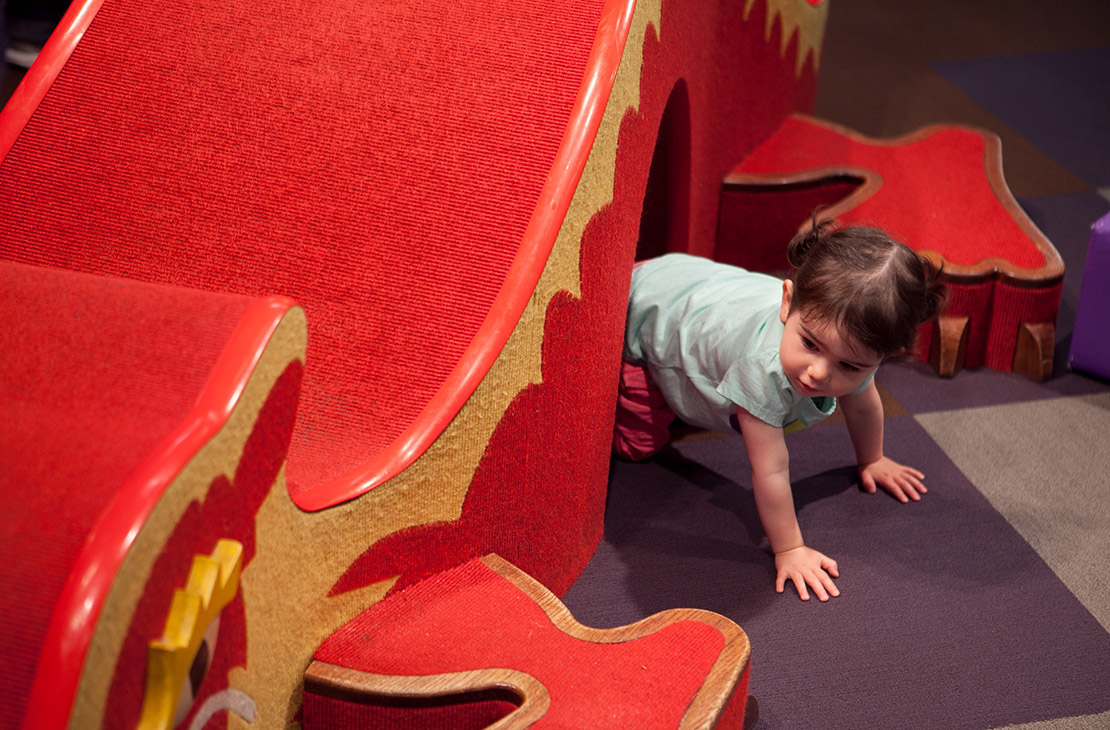Healthy Tips for Cold and Flu Season
by Angela Lumba-Brown, MD FAAP, Clinical Assistant Professor, Emergency Medicine; Clinical Assistant Professor, Pediatrics; Co-Director, Stanford Brain Trauma Evidence-Based Consortium at Stanford University School of Medicine
The average toddler who interacts often with other children in play environments will experience six to 10 illnesses per year with each illness ranging from three to 14 days. For this reason, parents may frequently feel that their young child is “always sick.”
Cooler weather brings particularly strong viruses like influenza, and increased indoor activities with more opportunities to share germs. The school and holiday seasons unite friends and families, but travel and exposure to others who are sick increase the risk of contracting illnesses.
Colds and flu symptoms are most commonly caused by viruses infecting the upper respiratory system. Outside of the flu (in select cases), viruses are not treated with antiviral medications and children younger than six years of age should not take decongestants. Parents may feel at a loss for “what to do” when their child gets sick. The treatment for upper respiratory infections is “supportive care” meaning: 1) Comfort care with anti-fever medications as directed by your doctor, frequent runny-nose-alleviating baths and saline nasal sprays, and rest 2) Preventing dehydration and 3) Monitoring for signs of worsening illness.
It can be hard for children, especially if they are younger than two years of age, to communicate what they are feeling when they are sick. Monitor your child for signs of serious or worsening illness that require urgent evaluation by a doctor, like increased work in breathing, poor energy, poor feeding, decreased urination, ear tugging, and high fevers. Children with a history of asthma may have more asthma attacks this season.

Prevention of illness can sometimes be impossible, but key strategies can minimize your child’s risk of illness, prepare your family for the inevitable, and prevent the spread of illness when someone at home is sick.
1. Model and remind your family of good habits of hand washing frequently.
2. Practice how to blow your child’s nose with them before they get sick: They can try blowing bubbles with their nose in the bath. Consider using wet-wipes rather than tissues to minimize skin irritation from wiping.
3. Remind them frequently to “cover their cough and sneeze.”
4. Encourage healthy family nutrition to support immune health which includes a variety of fruits and vegetables, healthy fats, and limited sugary and processed foods.
5. Consider buying a thermometer: A fever is a temperature of 100.4F or higher. If your child has a fever and is less than two months of age or if they appear very ill, they should see a doctor immediately.
6. Take stock of your home medications, throwing out expired containers, ensuring you have up-to-date inhalers, nasal sprays, or anti-fever medications that your child usually uses when they are sick. Keep medications stored in an out-of-reach and locked place in the home.
7. Have a plan in place — understand when your doctor’s office hours are and have a plan for where to go after-hours.
8. Ensure your child is up-to-date on their well checks with their pediatrician.
9. Avoid interactions with people who are sick including sharing food and drink.
10. Consider taking more strict precautions if you have infants, elderly, or pregnant family members at home that are at risk for more serious manifestations of illness.
Try to limit the spread of germs and balance measures to avoid exposure to colds and flus with enjoying life as a family. Not every family’s risks for illness are apparent — so take extra consideration when visiting public places to ensure that your ill child is not inadvertently spreading illness to others especially those families with infants, the elderly, or medical problems.

